Material & motif recommendations – How to take impressive travel photos
From WhiteWall expert Katharina Wergen
Travel photography thrives on unique moments, atmospheric lighting moods and the variety of new impressions. But to ensure that the images don't just disappear into the digital archive, it's worth thinking about the choice of material and planning the motif before the trip. Which sources of inspiration will help you create your images? Which motifs are suitable? And which print products will perfectly showcase the resulting images?
The type of trip largely determines the photographic challenges that await you. A city trip requires a completely different approach than a safari or a trip to the sea. While the choice of perspective is crucial in narrow alleyways, in nature it's all about lighting and dynamics. Technical factors such as exposure time, aperture and focal length also play a major role in the creative realization.
In this article, you will learn which materials serve as a source of inspiration, which types of travel require special image strategies and how you can immortalize your most beautiful travel memories with the right print presentation.
1. Sources of inspiration for travel photography

Before using your camera while traveling, it's worth gathering inspiration. High-quality Coffee Table Books, social networks or historical research can help you discover new perspectives and select motifs that go beyond classic vacation snapshots.
1.1 Coffee Table Books and Fine Art Photography
Printed photo books offer a more intensive examination of motifs and image compositions than digital image galleries. Many renowned travel photographers publish works that show iconic landscapes, impressive architecture or atmospheric street photography.
Coffee Table Books train the eye for lighting moods, compositions and color design
Fine Art travel photography teaches how emotions and depth can be integrated into a shot
High-quality image series help you to develop your own photographic signature
Tip: When leafing through Coffee Table Books, consciously pay attention to the perspectives, lighting and image composition. Which elements attract the eye? How do you use colors and contrasts?
1.2 Online platforms and social networks
Digital media offer a quick and versatile source of inspiration. Platforms such as Instagram, 500px and National Geographic show current trends and provide insights into the work of international travel photographers.
Instagram: Perfect for spontaneous, creative travel shots and urban photography
500px: High-quality travel photography with a focus on landscape, architecture and Fine Art
National Geographic: Documentary and artistic travel photography at the highest level
It is important to not just be guided by trends, but to develop your own ideas. Many of the best travel pictures are not taken at well-known photo spots, but where you can find an individual perspective.
1.3 Historical and cultural research
Those who study the history and culture of a destination often discover special motifs that are not obvious at first glance.
Historic buildings or traditional ceremonies offer impressive photographic opportunities
Researching local artists or street art scenes can provide inspiring image ideas
Regional festivals or markets offer exciting motifs with intense colors and dynamic scenes
Tip: Look for lesser-known places in travel blogs or documentaries to discover unique photo motifs off the beaten tourist track.
Summary: How to find inspiration for travel photography
Coffee Table Books and Fine Art photography train the eye for aesthetics and image composition
Online platforms offer the latest trends, but your own creativity should take center stage
Historical and cultural research helps to discover special motifs and backgrounds
2. Types of travel and their photographic characteristics

The type of trip largely determines which motifs present themselves and which photographic challenges arise. While the focus in a vibrant metropolis is primarily on dynamics and architecture, a nature trip requires a deep understanding of light moods and vastness. Each type of trip requires an individual approach - from image composition and technical settings to the right perspective.
2.1 City trips - architecture, street photography and urban details

Cities offer a wealth of photographic opportunities, from modern skylines and historic buildings to lively street scenes. The choice of perspective, lines and lighting moods are particularly important here.
Skylines look particularly impressive in the blue hour, when the natural residual light merges with the artificial lighting of the city
Street scenes gain dynamism through targeted movement effects, such as tracking shots or long exposures
Architectural shots benefit from symmetry and clear lines, which can be emphasized by a low camera position
Technical recommendations:
Wide-angle lenses for narrow streets and imposing buildings
Long exposures for light trails and reflections at night
Aperture f/8 to f/11 for maximum depth of field in architectural shots
2.2 Nature and adventure travel - landscapes, wildlife and extremes
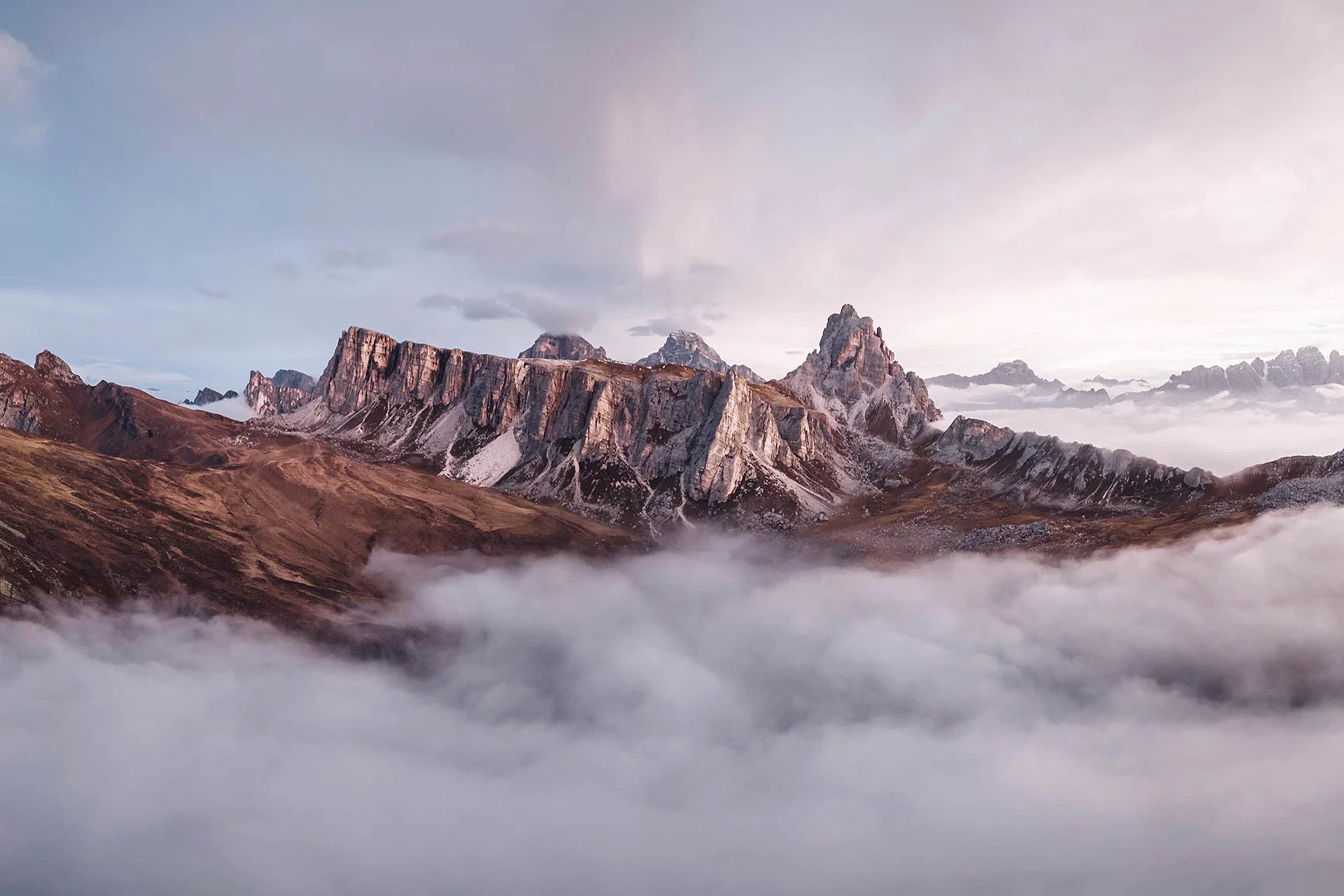
When traveling outdoors and in nature, it is important to capture light, weather and vastness in impressive images. Moods change depending on the time of day - the best time for landscape photography is usually the golden hour shortly after sunrise or shortly before sunset.
Wide-angle shots create an epic image effect, while telephoto lenses emphasize details in the distance
Long exposures allow clouds or water to flow softly, creating a meditative image aesthetic
Wild animals should be photographed with longer focal lengths so as not to disturb their natural behavior
Technical recommendations:
Aperture f/11 to f/16 for maximum sharpness in landscape shots
ND filter for long exposures in daylight
Continuous shooting mode and fast shutter speeds for wildlife photography
2.3 Cultural travel - people, traditions and festivals
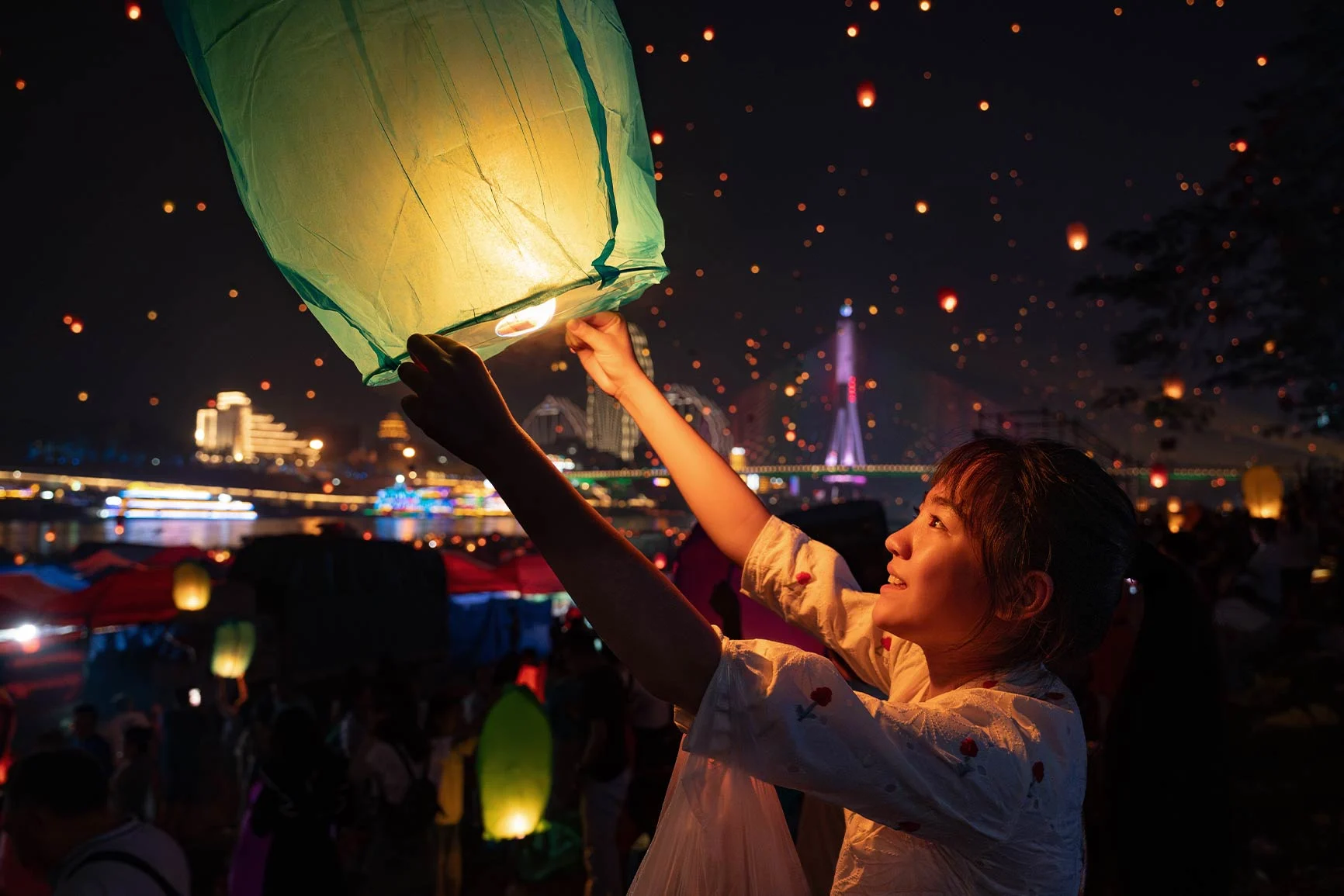
Photographing people and traditions requires respect and sensitivity. A genuine, unposed portrait can tell a whole story - but not everyone wants to be photographed.
A friendly conversation before taking the photo can gain the person's trust
Telephoto lenses help to capture authentic moments from an unobtrusive distance
Colorful markets or traditional festivals benefit from an intense color scheme and open aperture to separate subjects from the background
Technical recommendations:
Aperture f/2.8 to f/5.6 for cropping people in busy scenes
Higher ISO values for dark interiors or moving scenes
Black and white as a stylistic device for timeless, emotional portraits
2.4 Traveling to the sea - water, movement and reflections
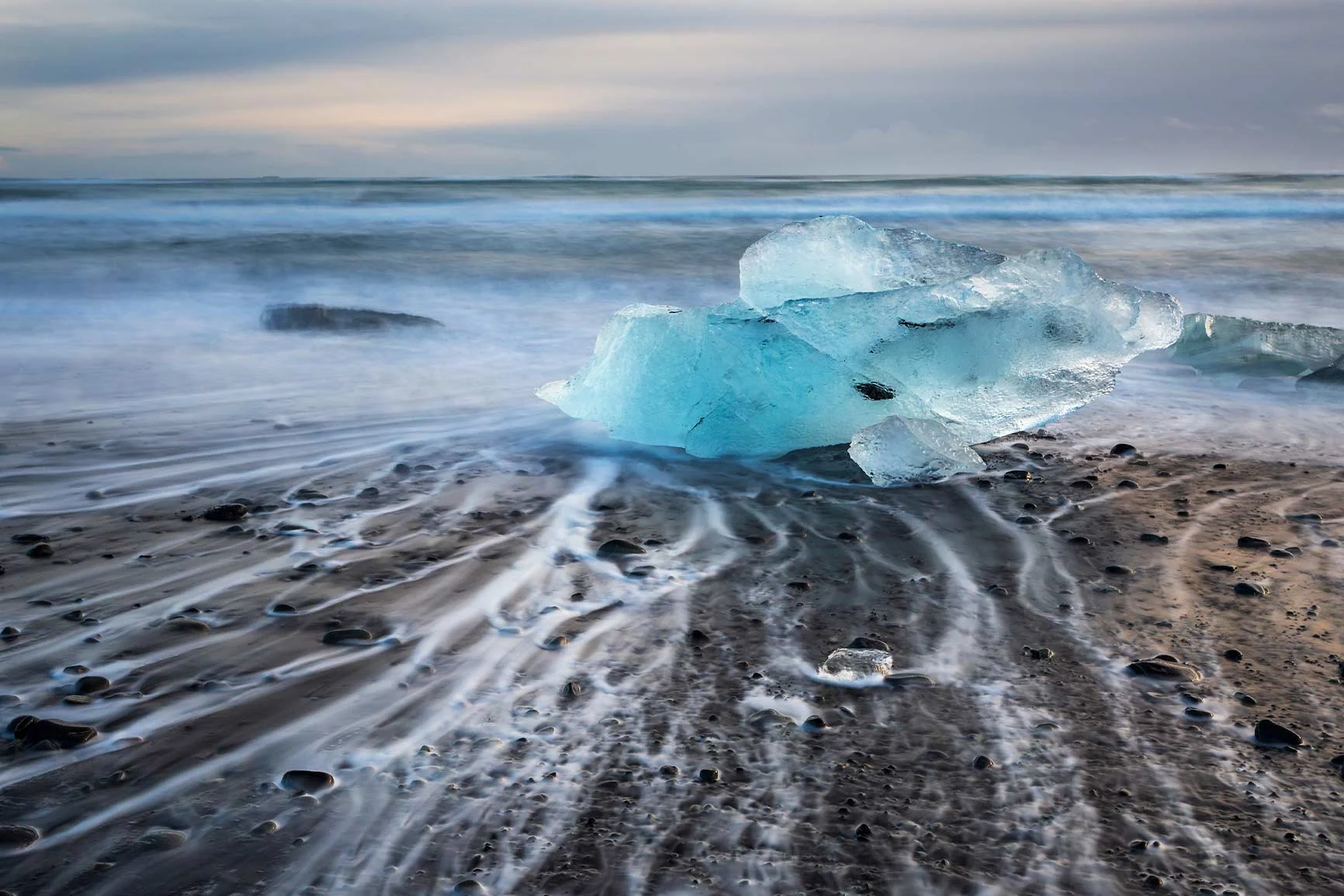
The coast offers countless photographic opportunities, from gentle sunsets to roaring waves. Exposure time and the use of filters are particularly important here.
Long exposures transform moving water into a soft, almost mystical surface
Reflections in sand or on a wet surface make pictures look more interesting
Backlit shots during sunsets create an intense color mood
Technical recommendations:
ND filters for long exposures on the water
Polarization filters to reduce reflections and make colors appear stronger
Fast shutter speeds for dynamic wave movements
A tripod is essential for longer exposure times
Summary: Which type of travel requires which technology
City trips require precise lines and perspectives, often with wide angles and long exposures
Nature trips benefit from the right lighting mood and long exposures for water and clouds
Cultural trips rely on sensitive portrait photography and authentic street scenes
Coastal landscapes are particularly effective with reflections, long exposures and warm-toned light
3. Important motifs and their photographic realization
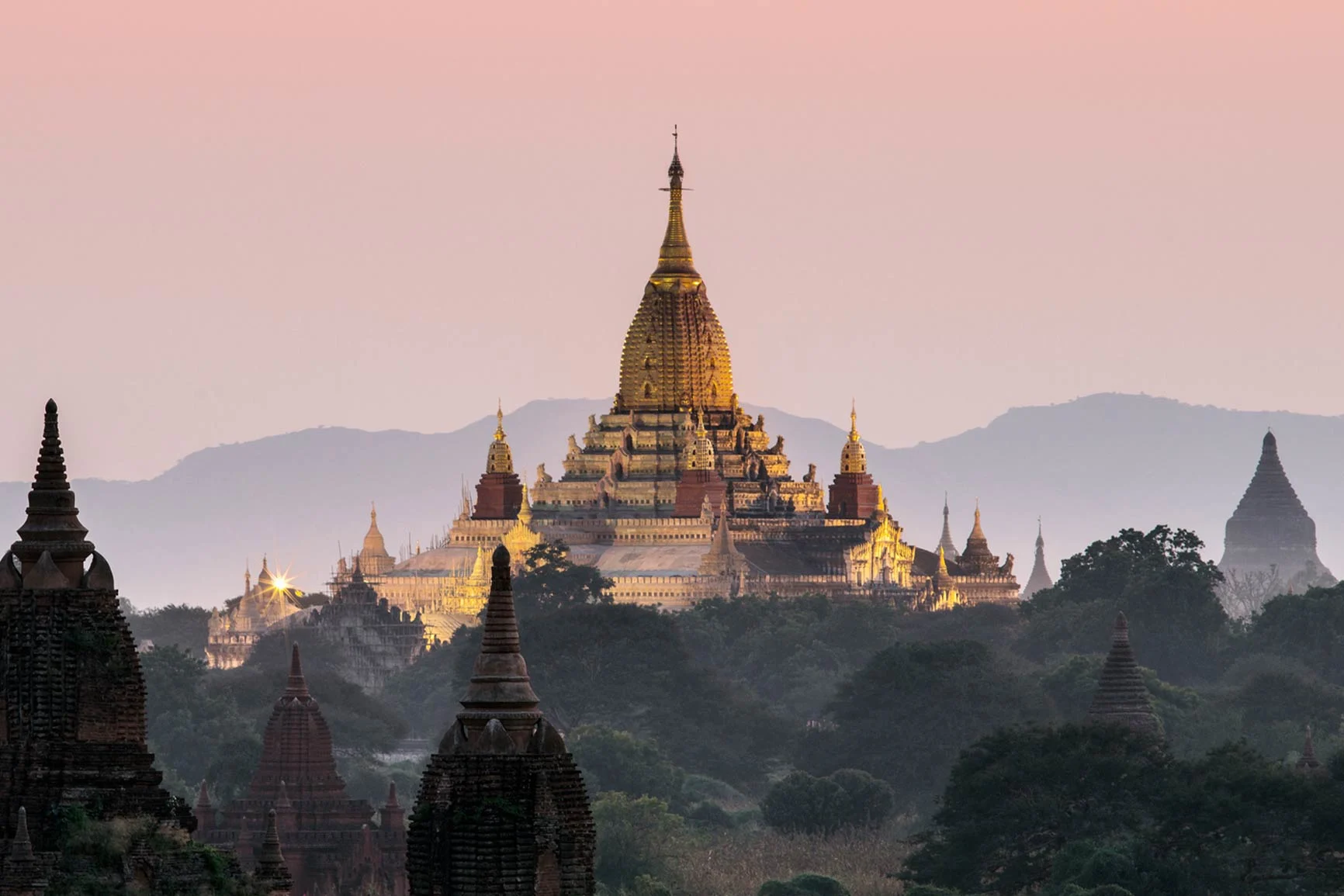
Every journey offers a multitude of possible motifs. But not every scene can be transformed into an impressive picture without further ado. Light, perspective and technical settings play a decisive role here.
3.1 Architecture and urban structures
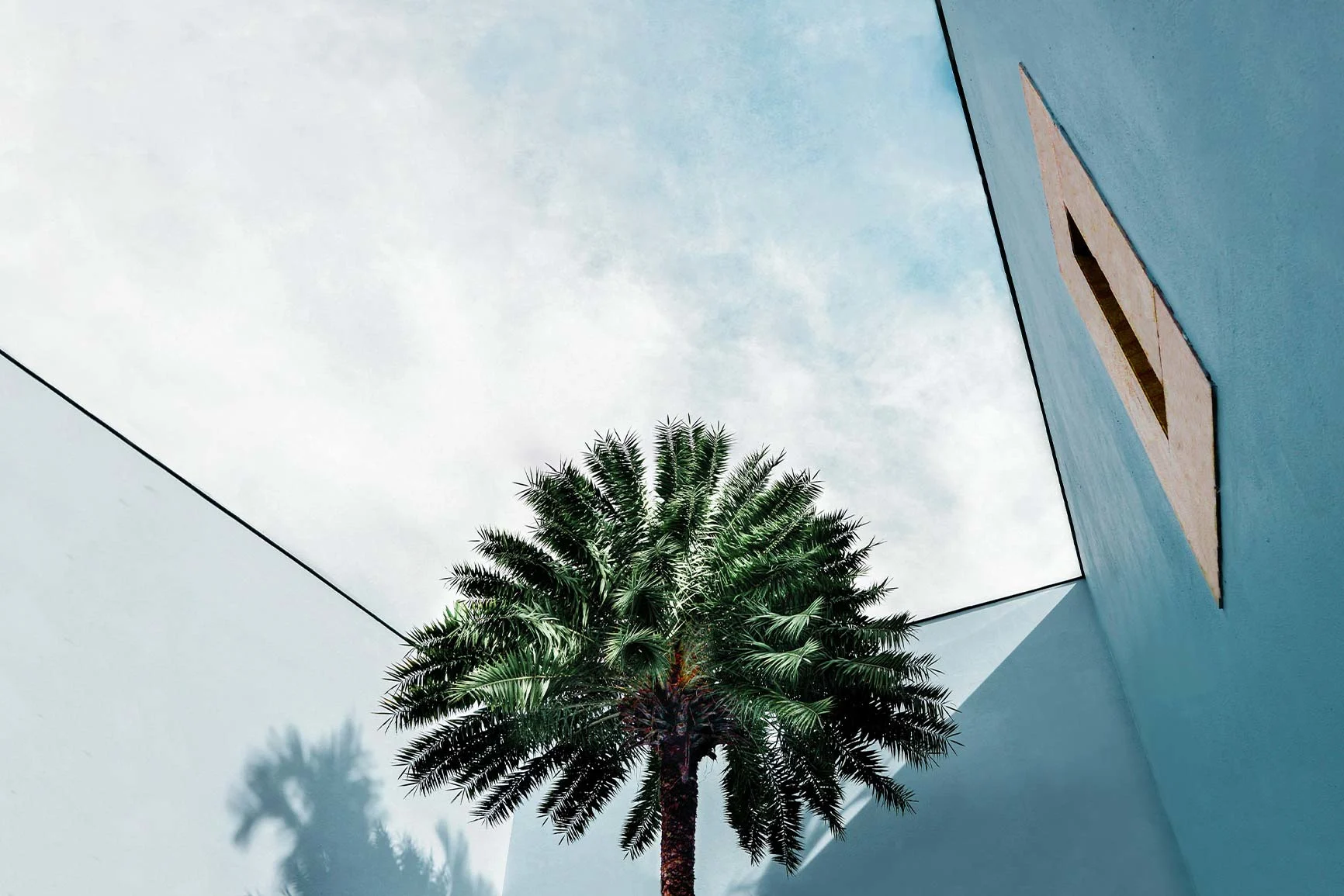
Architecture thrives on clear lines and structures, which can be specifically staged using the right perspective. A harmonious image composition that avoids distortion and emphasizes the aesthetic effect of a building is particularly important here.
Tips for implementation:
Symmetrical compositions for a balanced image effect
Wide-angle lens for monumental buildings and narrow alleyways
Telephoto lens for architectural details and patterns
Blue hour for a balanced lighting mood between natural and artificial light
Tripod and long exposure times for night shots
Technical recommendations:
Aperture: f/8 to f/11 for maximum sharpness
ISO: 100 to 400 for low-noise images
Shutter speed: Variable, depending on lighting conditions and desired effect
3.2 Landscape photography while traveling

Landscapes often unfold their full effect through the choice of the right light and a well thought-out composition. The golden and blue hours are particularly attractive, as they create warm and cool lighting moods respectively.
Tips for implementation:
Golden hour for soft lighting moods and warm colors
Wide-angle lens for expansive panoramas with depth
Pay attention to the foreground to make the image composition more exciting
Long exposures for dynamic clouds or water movements
Use ND filters to control light and enable long exposures during the day
Technical recommendations:
Aperture: f/11 to f/16 for continuous sharpness
ISO: 100 for best image quality
Shutter speed: 1/1000 s for dynamic scenes, several seconds for long exposures
3.3 Portrait photography on the move
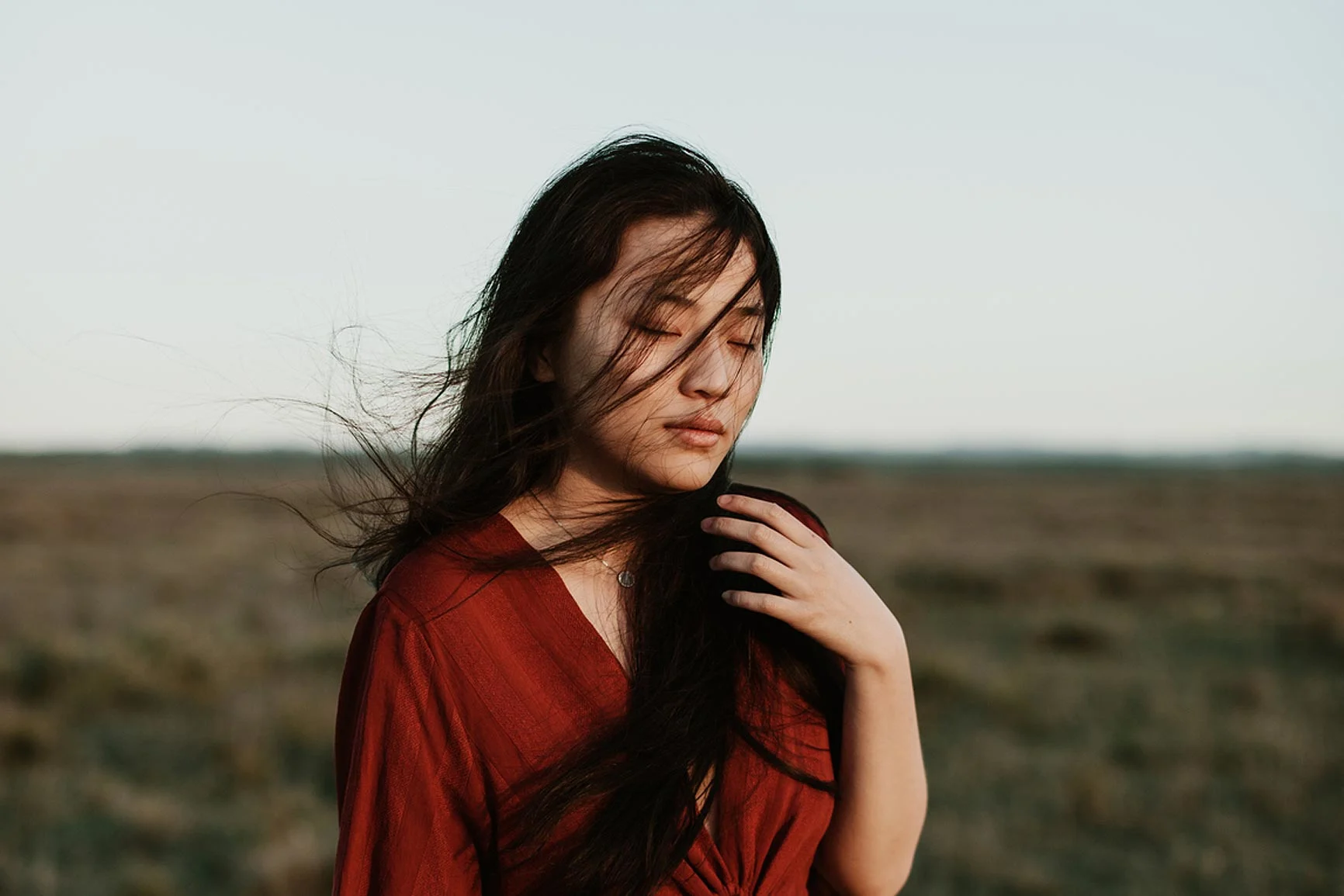
Travel portraits can tell a story and provide authentic insights into cultures. Light, proximity and respectful treatment of the subject are particularly important here.
Tips for implementation:
Use natural light, e.g. soft light in the shade or window light
Open aperture for a soft background blur
Interact with people to capture natural expressions
Black and white as a creative choice for expressive, timeless portraits
Technical recommendations:
Aperture: f/2.8 to f/5.6 for targeted cropping
ISO: 200 to 800 depending on the lighting situation
Shutter speed: At least 1/200 s for sharp results
3.4 Night photography while traveling

The night offers a special atmosphere for travel photography. Cities shine in artificial light, while impressive starry skies can be captured in remote regions.
Tips for implementation:
Long exposures for light trails from cars or moving water
High ISO values and open aperture for hand-held night shots
Using the blue hour as a transition between day and night
Stabilization through fixed surfaces or mini tripods
Technical recommendations:
Aperture: f/2.8 to f/8 for optimum light management
ISO: 800 to 3200 for stars and weak light sources
Shutter speed: 10 to 30 seconds for long exposures
Summary: The perfect implementation for popular travel motifs
Architecture: Symmetrical lines and long exposure for night shots
Landscapes: Golden hour and foreground design for more depth
Portraits: Natural light and open apertures for authentic shots
Night photography: long exposure for lighting effects or high ISO values for stars
4. Printing and presentation recommendations for travel photos
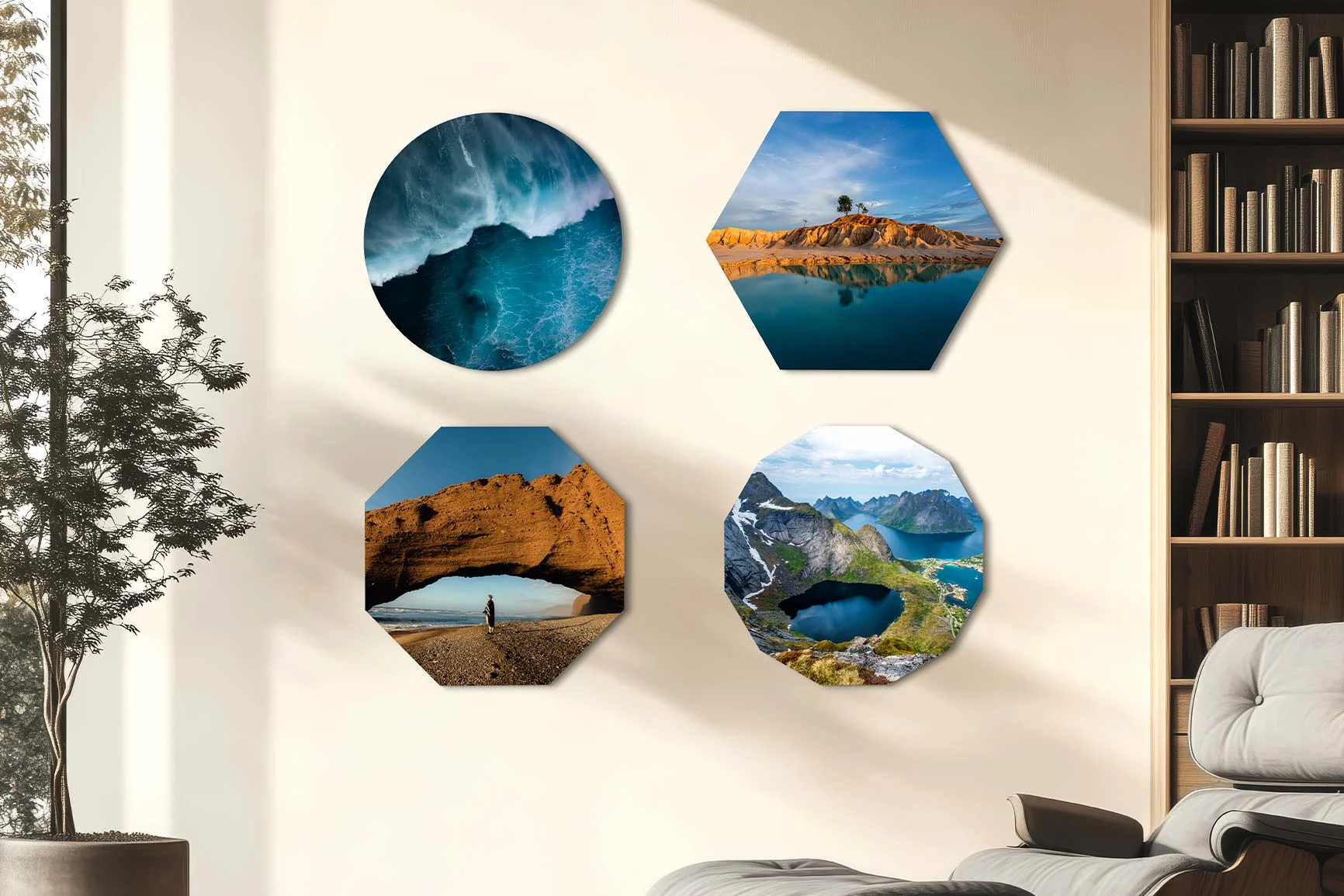
The most beautiful travel photos deserve a high-quality presentation that enhances their impact. Depending on the motif and the desired aesthetics, we offer a variety of printing materials - from brilliant acrylic glass prints and elegant Fine Art Prints to creative special formats.
4.1 Large-format prints for landscape and architectural photography

Landscapes and architectural images benefit from large-format prints, which enhance their depth of detail and spatial effect.
Recommended materials:
Acrylic glass pictures for brilliant colors and an impressive depth effect
Photo print on aluminum Dibond for a timeless design with high durability and long-lasting UV protection film
Suitable for:
Expansive landscapes with subtle color gradients
Skyline and city shots with many architectural details
Minimalist architectural photography with clear lines
4.2 Fine Art Prints for artistic travel photos

For atmospheric travel photography with an artistic touch, high-quality Fine Art Prints are suitable, which impress with their paper structure and excellent tonal gradations.
Recommended materials:
Fine Art paper for a matte, elegant surface and excellent detail drawing
Shadow gap frame for a stylish gallery presentation with a floating look
Suitable for:
Black and white photographs with fine contrasts
Atmospheric city and landscape scenes with soft light gradients
Minimalist travel motifs with a focus on textures and structures
4.3 Creative presentations for travel memories

In addition to classic prints, there are also creative forms of presentation that showcase travel images in a special way.
Recommended materials:
Round format & creative shapes for an extraordinary image effect and a modern look - and for presenting several small images
Photo albums and Coffee Table Books as a narrative travel chronicle to document an entire trip in a high-quality book
Suitable for:
Dynamic, experimental shots with artistic design
Mementos of special moments or individual photo projects
Personal gift ideas for travel partners or family members
Summary: The best presentation for travel photography
Large format prints: Acrylic glass and aluminum Dibond for brilliant colors and modern aesthetics
Fine Art Prints: Hahnemühle paper and shadow gap frames for artistic photographs
Creative presentations: Round formats or Coffee Table Books for individual staging
5. Conclusion: How to take impressive travel photos
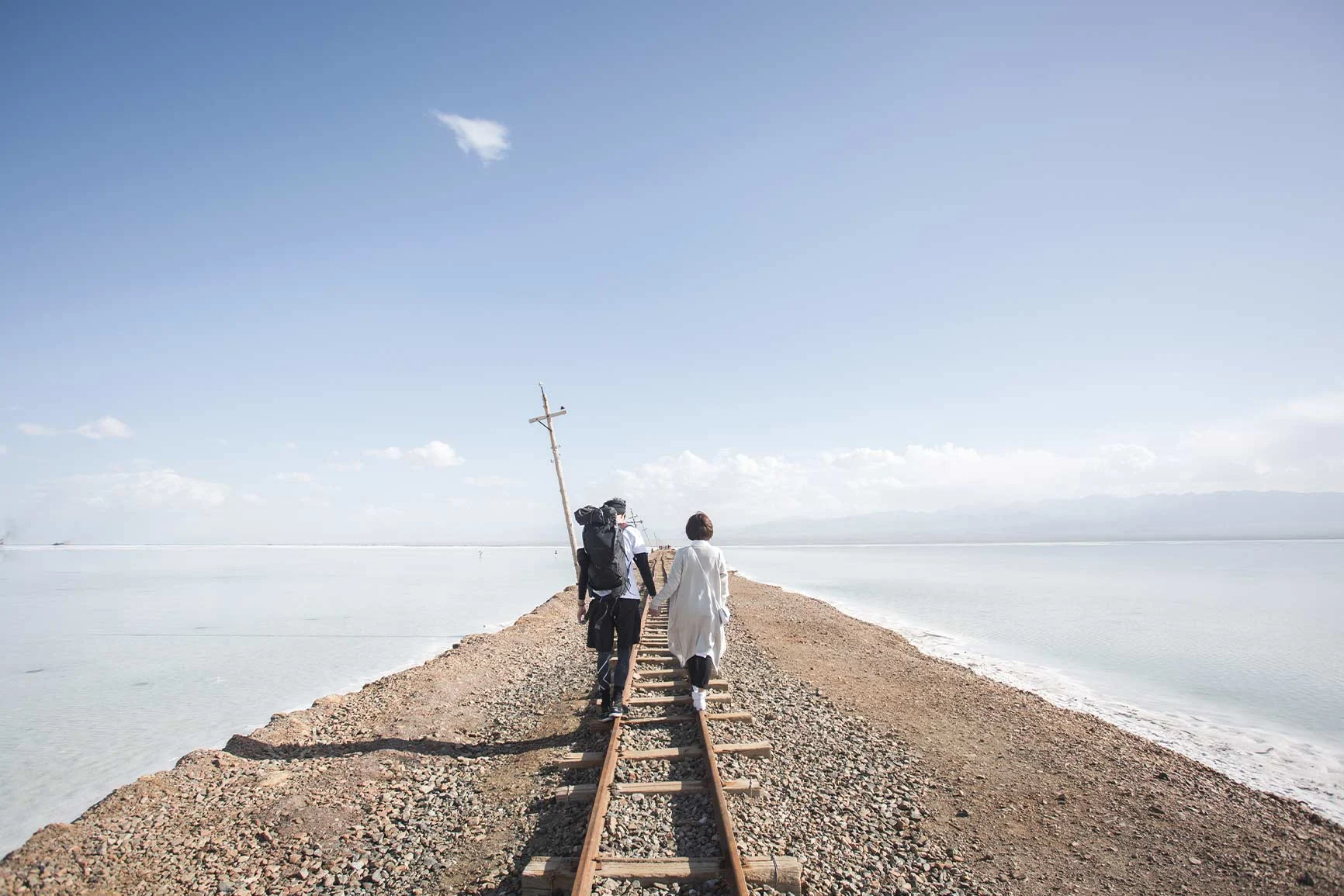
Travel photography is much more than just capturing memories - it is an artistic exploration of places, cultures and moods. By choosing the right materials and consciously planning your motifs, you can create images that will retain their fascination long after the trip.
The photographic challenges vary depending on the type of trip: While city trips score with architecture and street scenes, nature photography thrives on light and vastness. Portraits and cultural scenes require sensitivity and authenticity, while night photography plays with exposure times and creative effects. The choice of the right print medium further enhances the effect of an image.
With the right preparation, conscious image composition and high-quality presentation, travel photos become real works of art - and always bring back the magic of past experiences.
Learn more about the author
As a trained portrait and wedding photographer, Katharina Wergen brings her extensive knowledge to photography. She has been working as a sales consultant at WhiteWall since 2018 and supports exhibition projects for museums and galleries. She is also increasingly focusing on reportage photography. Take a look behind the scenes of the photographer, here in the interview.

Also interesting:
Submitted by WhiteWall expert Katharina Wergen
Top spots for photographers worldwide
Discover the most beautiful photo spots in Europe – with tips on motifs, lighting, and image composition. Ideal for travel and landscape photography.
Submitted by WhiteWall expert Katharina Wergen
Top spots for photographers in America – contrasts, vastness, and iconic images
Discover America's most fascinating photo spots – from the icy peaks of Canada to the iconic national parks of the USA, the colorful streets of Mexico, and the tropics of the Caribbean. Be inspired and find motifs for unforgettable shots.
Submitted by WhiteWall expert Katharina Wergen
Top spots for photographers in Australia, New Zealand, and Oceania
Australia, New Zealand, and Oceania offer an incredible variety of subjects—from white beaches and rainforests to majestic mountains. Discover the best photo spots and be inspired to present your shots in impressive gallery quality.




